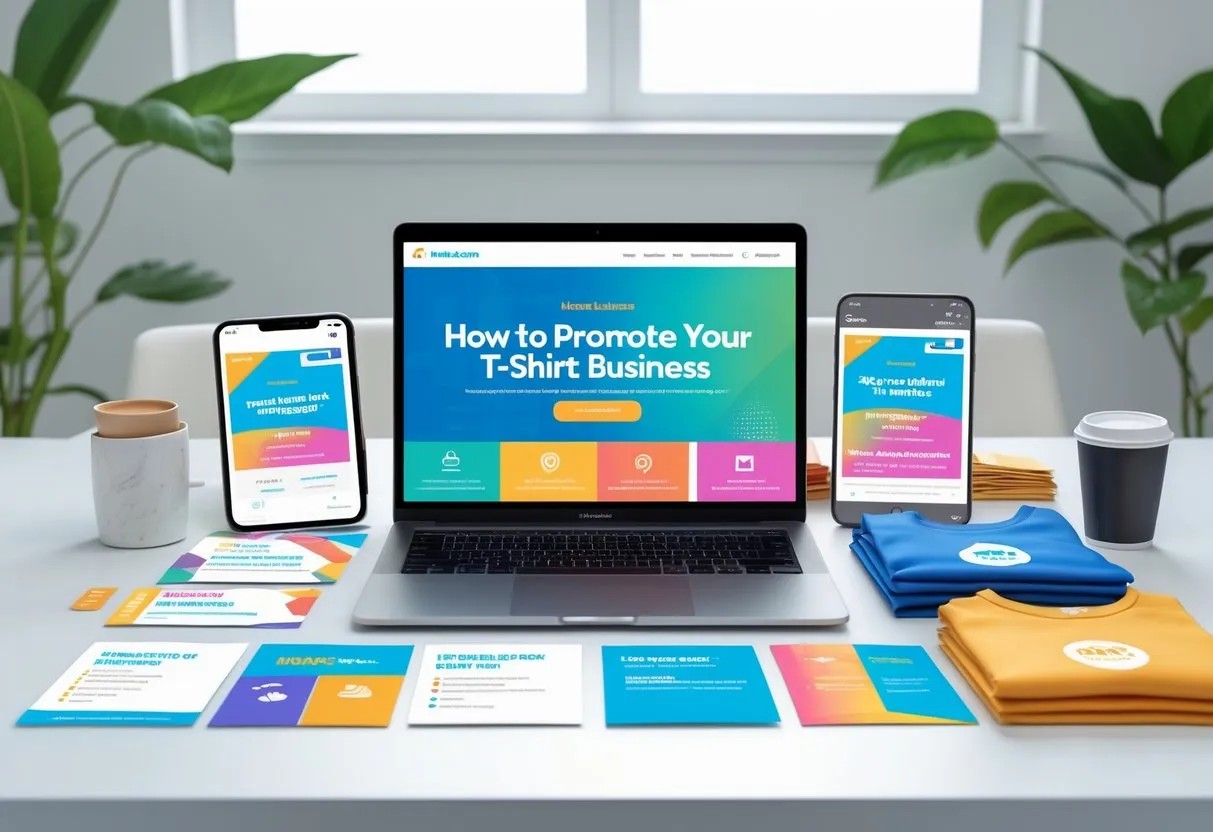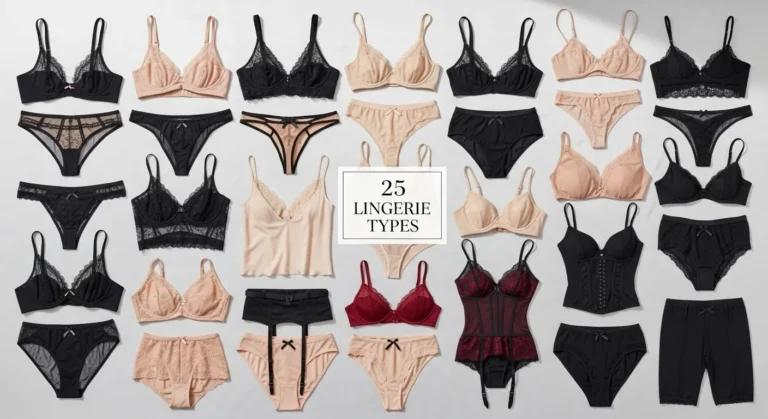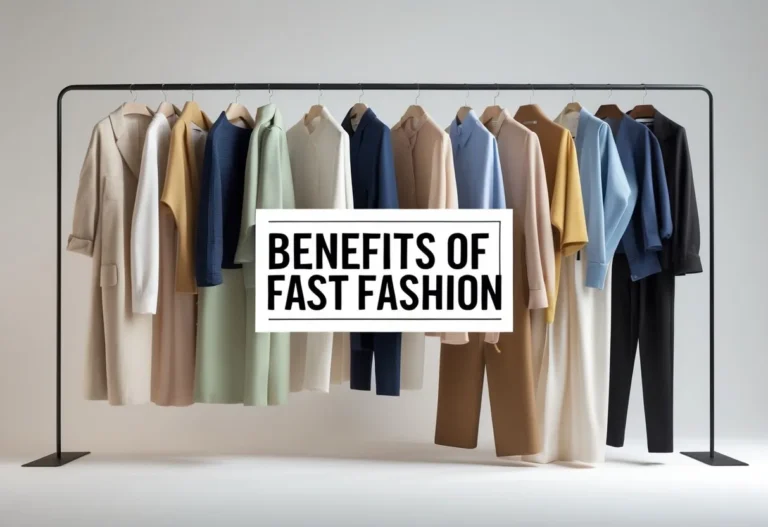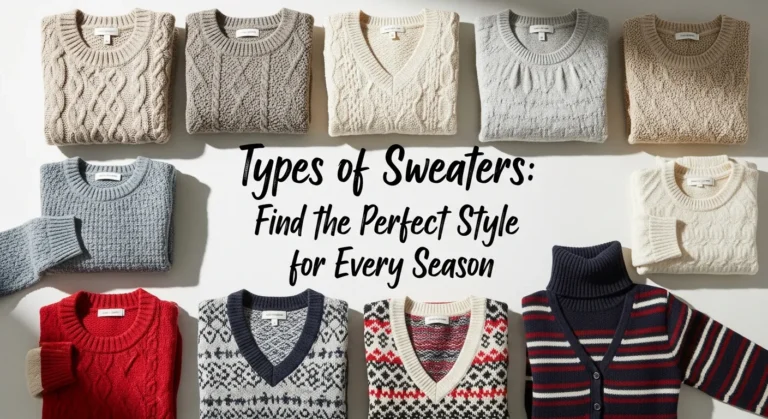How to Promote Your T-Shirt Business: Marketing Strategies
How to Promote Your T-Shirt Business requires more than just great designs; it demands a clear plan to reach the right audience and make the brand stand out. Effective promotion means combining smart marketing strategies like social media, influencer partnerships, and strong branding to attract and keep customers. This approach helps businesses turn their ideas into sales and build a loyal following.
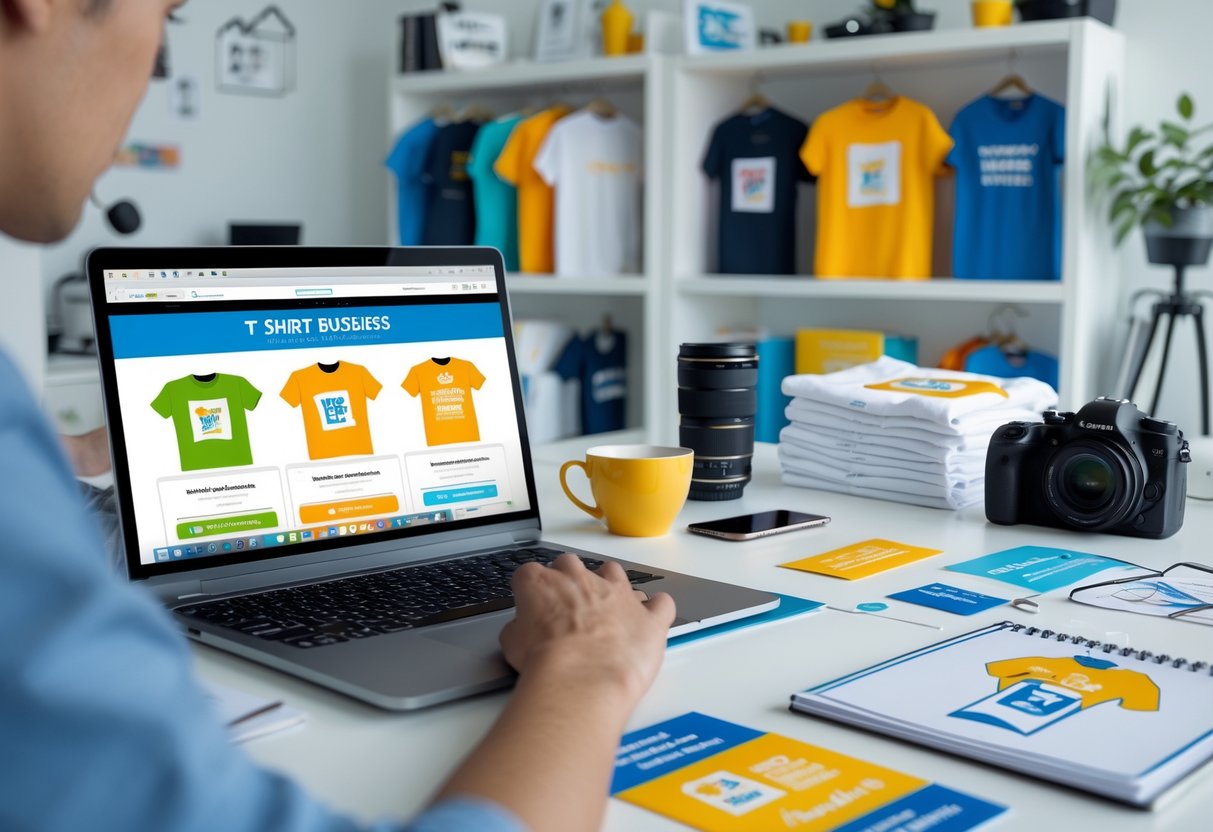
Success in this market depends on understanding what customers want and offering unique products that speak to them. Using digital tools and content marketing can boost visibility and create connections beyond just the product. By focusing on multiple channels and creative promotion, a t-shirt business can grow steadily in a competitive market.
Key Takeways
- Knowing who to target improves marketing efforts.
- Strong branding helps a business stay memorable.
- Using various marketing platforms increases sales potential.
Understanding Your Target Audience for How to Promote Your T-Shirt Business

Knowing exactly who might buy your t-shirts shapes every part of your business. This involves learning their preferences, habits, and pain points. Gathering this information allows smarter marketing and better products that match real customer needs.
Conducting Market Research
Market research helps identify who is interested in your t-shirts and what they want. This can include surveys, polls, and studying competitor brands. Analyzing social media groups and forums where your potential customers gather reveals their interests and buying behavior.
Using data from sales trends and online traffic also shows what designs and styles attract attention. For example, research may find that younger buyers prefer graphic tees while older customers lean toward classic designs.
Market research is essential to set realistic prices, choose the right platforms for ads, and create messages that connect with potential buyers. It guides decisions based on facts, not guesses.
Creating Buyer Personas
Buyer personas are detailed profiles of typical customers. They include age, gender, hobbies, spending habits, and shopping preferences. Creating personas helps businesses picture who they are selling to and tailor designs and marketing.
For instance, one persona might be a college student who likes trendy, eco-friendly t-shirts and shops mostly on Instagram. Another could be a working parent looking for comfortable, durable shirts at affordable prices.
By defining personas, marketers can customize advertising channels, language, and offers. This focused approach improves engagement and conversion rates by speaking directly to target groups.
Analyzing Customer Feedback
Customer feedback reveals how past buyers feel about the products and services. It is collected through reviews, surveys, and social media comments. This feedback identifies strengths to keep and weaknesses to fix.
Positive reviews highlight what customers appreciate, such as fabric quality or fast shipping. Negative feedback often points to sizing issues or color differences. Addressing these concerns can improve customer satisfaction and reduce returns.
Feedback analysis also uncovers new trends or unmet needs. For example, customers may request personalized t-shirts or eco-friendly options. Using this input helps businesses adapt and grow within their target market.
Building a Distinctive Brand Identity for How to Promote Your T-Shirt Business

Creating a strong brand identity is key to standing out in the crowded t-shirt market. It involves shaping a clear story, designing recognizable visuals, and keeping your message consistent. These elements work together to create a lasting impression that attracts and keeps customers.
Defining Your T-Shirt Brand Story
A brand story gives your business a clear personality and purpose. It explains why your t-shirt brand exists and what makes it different. This story should connect with your target audience by reflecting shared values or interests, like creativity, sustainability, or community.
To craft this story, consider what inspired the brand and the problems it solves for customers. Keep the story honest and simple. When customers understand your brand’s mission, they feel more attached and are likelier to support it.
Designing a Memorable Logo and Style
The logo is the visual heart of the brand identity. It should be simple, memorable, and easy to recognize at a glance. Along with the logo, choosing a consistent color palette and font style helps create a unified look across all materials.
Strong design elements should work well on various platforms, from t-shirts to social media and packaging. Investing in professional or well-thought-out designs makes the brand look reliable and appealing to buyers. This visual consistency builds trust and helps customers quickly identify the brand.
Establishing Consistent Messaging
Messaging includes the tone, words, and ideas the brand uses in all communication. It must stay consistent across the website, social media, advertising, and product descriptions. Consistency means using the same style of language and key messages that reflect the brand’s values.
Clear, consistent messaging builds recognition and trust. It helps customers know what to expect from the brand, which makes them more confident about buying. Whether casual, professional, or playful, the tone should always fit the brand identity and appeal to the intended audience.
Creating Compelling T-Shirt Designs for How to Promote Your T-Shirt Business
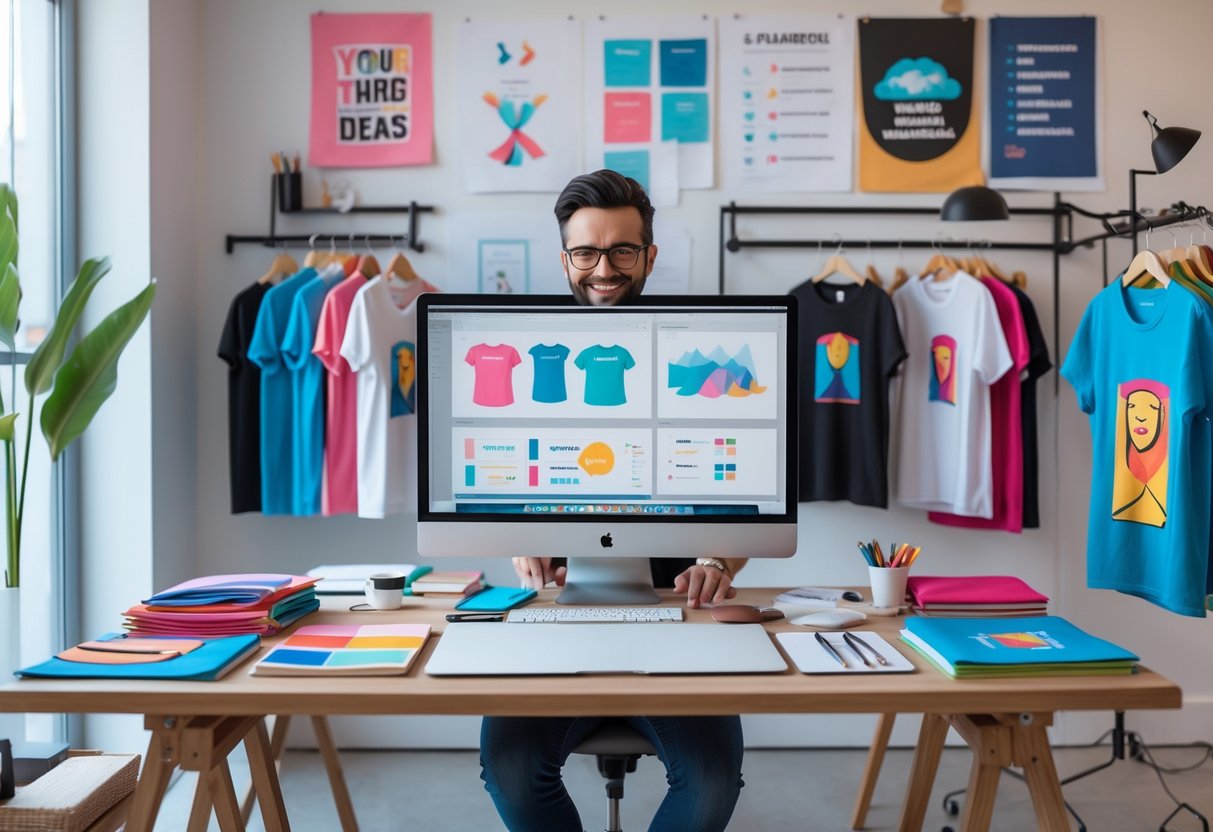
Creating strong t-shirt designs involves knowing what your audience wants, offering options to make shirts unique, and checking which designs work best. Each step helps create custom t-shirts that sell well and keep customers coming back.
Researching Design Trends
Staying up-to-date with current design trends is key to creating t-shirt designs that attract attention. This means watching popular styles, colors, and themes in fashion and pop culture. Tools like social media platforms and design websites help spot trends early.
It’s important to balance trends with originality. Copying trends exactly won’t stand out. Instead, adapting trends to fit your brand’s style makes designs fresh and unique.
Analyzing competitors and customer feedback also guides design choices. Trending topics such as sustainability, vintage looks, or bold typography often influence what sells. Regular research ensures designs stay relevant and appealing.
Focusing on Customization and Personalization Options
Offering customization adds value to t-shirts by allowing customers to make designs their own. This involves choices like adding names, numbers, or personal messages to t-shirts. Options can include color selection, design placement, and fabric types.
Personalization makes the shopping experience more engaging and increases the chance of repeat sales. Custom t-shirts become meaningful gifts or keepsakes, expanding market reach.
Implementing user-friendly design tools on a website helps customers visualize their customizations before buying. Highlighting personalized options in marketing materials can attract buyers looking for unique and special products.
Testing and Refining Your T-Shirt Designs
Testing designs before fully launching them helps improve quality and sales. This can be done through small product runs, surveys, or A/B testing on social media and websites. Showing two similar designs to different groups reveals which style resonates more.
Refining designs based on feedback or sales data ensures resources focus on what works. For example, adjusting colors, fonts, or sizes can make a big difference in customer interest.
Tracking metrics like click rates, order numbers, and customer reviews guides future design updates. Continuous testing keeps the product line competitive and aligned with customer preferences.
Leveraging Social Media Marketing

Social media marketing uses specific tools and strategies to grow a t-shirt business. It helps reach targeted audiences with visual content, targeted ads, and interactive campaigns. Platforms like Instagram, Facebook, and TikTok each have unique advantages that can improve brand visibility and sales.
Showcasing Products on Instagram
Instagram focuses on photos and videos, making it ideal for displaying t-shirt designs. High-quality images highlight fabric details, colors, and style. Posting regularly in feeds, Stories, and Reels keeps the audience engaged.
Using Instagram Shopping allows customers to buy directly from posts without leaving the app. This feature increases convenience and encourages impulse purchases.
Captions should include relevant keywords and hashtags to widen reach. Engaging with comments builds trust. Influencer partnerships on Instagram can also introduce the brand to new followers who match the target market.
Running Facebook Campaigns
Facebook offers advanced ad targeting to reach specific groups by age, interests, or location. This helps efficiently use the advertising budget.
Types of Facebook ads useful for t-shirts include:
- Dynamic Ads to retarget users who viewed products but didn’t buy
- Collection Ads that show multiple shirt designs for easy browsing
Running paid campaigns boosts visibility and drives traffic to an online store. Creating engaging posts and joining Facebook groups tied to the t-shirt niche also support organic growth and build community loyalty.
Engaging with Audiences on TikTok
TikTok’s short video format suits creative, eye-catching t-shirt promotions. The platform’s user base skews younger, so brands targeting this group can gain strong engagement here.
Posting videos that showcase design process, style tips, or customer reactions encourages shares and views. Using trending sounds and hashtags makes content more discoverable.
TikTok advertising, such as in-feed ads or branded effects, allows direct promotion while maintaining entertainment value. This drives brand recognition and can convert casual viewers into buyers.
Initiating a Hashtag Challenge
A hashtag challenge invites users to create and share their own content centered on a specific theme or product. For a t-shirt business, this could be styling challenges or creative design showcases.
Challenges increase interaction and expand reach beyond current followers. When users post with the brand’s hashtag, it generates organic promotion and social proof.
To maximize impact:
- Create clear, simple rules
- Offer prizes or discounts as incentives
- Promote the challenge across all social media channels
This method boosts brand visibility while building an active online community around the t-shirt business.
Influencer and Community Marketing Strategies

Influencers play a vital role in promoting a t-shirt business by connecting brands with targeted audiences. Using collaborations and encouraging customers to create content helps expand reach. Local community events also build strong brand awareness and direct sales through face-to-face engagement.
Partnering with Influencers
Choosing the right influencers depends on understanding the brand’s niche and target audience. Small to mid-level influencers, called micro-influencers, often deliver better engagement because their followers trust them more.
It’s effective to research influencers who create content related to the t-shirt brand’s style or values. Building authentic relationships by engaging genuinely with their posts can lead to long-term partnerships.
Avoid asking for direct promotions upfront. Instead, offer free merchandise with personalized messages that appreciate their work. Many influencers will promote brands they like voluntarily once they feel valued.
Promoting Through Influencer Collaboration
Effective influencer collaboration involves sending merchandise to several influencers instead of focusing on one. This widens exposure and reaches different subgroups within the target audience.
Brands should include small extra touches like stickers or thank-you notes with shipments. This helps influencers feel appreciated and encourages positive mentions.
Maintaining a branded social media presence, especially on Instagram, is essential for communication and showcasing influencer partnerships. Sharing influencer posts creates social proof and attracts more followers.
Generating User-Generated Content
User-generated content (UGC) includes photos, videos, and reviews created by customers. UGC builds trust since it shows real people enjoying the products.
Encourage customers to share images wearing the t-shirts by offering contests or rewards. Featuring their posts on brand accounts boosts community loyalty and motivates others to participate.
Clear calls to action during purchase and packaging help guide customers to share content. Responding to UGC with comments or reposts strengthens the brand-customer connection.
Engaging Local Communities and Events
Participating in pop-up shops or local markets allows direct interaction with potential customers. These venues offer opportunities to showcase products and get instant feedback.
Local events help build brand recognition outside online spaces. Collaborating with nearby businesses can increase attendance and cross-promotion.
Setting up eye-catching displays and offering limited edition or personalized t-shirts motivates purchases. Engaging attendees personally creates memorable experiences tied to the brand.
Implementing Digital and Content Marketing

A strong online presence depends on creating helpful content, improving how your site ranks on search engines, keeping your website user-friendly, and showing proof that customers trust your brand. These steps help attract and keep shoppers and boost sales over time.
Utilizing Content Marketing Tactics
Content marketing uses blogs, videos, and social media posts to attract customers without relying solely on paid ads. Sharing useful topics like “how to style t-shirts” or behind-the-scenes looks at design can draw organic traffic to the website.
Regularly posting fresh content builds trust and positions the business as a helpful resource. Combining posts with keywords tailored to the audience increases chances of reaching people through searches. Creating engaging visuals and videos also boosts social media interaction and keeps followers interested.
Improving Search Engine Optimization
SEO helps the t-shirt business appear higher in search engine results when potential customers look for related products. Key areas to focus on include fast website speed, clear site structure, and mobile-friendly design.
Adding relevant keywords to product descriptions, titles, and meta tags makes it easier for search engines to understand the content. Off-site SEO strategies include gaining backlinks through guest blogging, influencer mentions, or reviews on other websites. SEO is a continuous effort that improves site visibility and increases organic traffic over time.
Building and Managing Your Website
The website must be easy to use and visually appealing. Clear navigation helps visitors find products quickly, and simple checkout processes reduce abandoned carts.
High-quality images and detailed descriptions highlight product features. Offering personalization tools online improves the customer shopping experience. Regular website maintenance, including updates and fixing broken links, ensures smooth performance and builds trust with visitors.
Publishing Customer Reviews and Testimonials
Posting real customer reviews and testimonials on the website increases credibility and trust. Potential buyers rely on feedback from others to decide whether to purchase.
Encouraging buyers to leave honest reviews through follow-up emails or social media increases the volume of testimonials. Displaying positive comments near product listings supports conversion, while responding politely to negative reviews shows the brand cares about customer satisfaction.
Multichannel Promotion and Sales Growth

Expanding sales across various platforms and methods helps increase reach and sustain customer interest. Effective use of tools like email marketing and print-on-demand can lower risks while boosting profits. Careful attention to margins ensures success at different sales levels.
Selling on Multiple Platforms
Selling t-shirts on different platforms, such as online marketplaces, social media shops, and your own website, broadens customer access.
Platforms like Etsy, Amazon, and Shopify each offer unique audiences. Listing products in several places improves visibility and can drive higher sales.
Using a multi-channel sales approach helps avoid relying on one source of income. It also allows testing which platforms perform best for specific designs or customer groups.
Managing multiple platforms requires syncing inventory and orders to avoid issues. Tools and integrations that connect sales channels make this easier.
Email Marketing for Repeat Engagement
Email marketing helps keep customers coming back by sharing promotions, new designs, and updates.
A strong email list lets a t-shirt business build a relationship with customers. Personalized campaigns have higher chances of sales.
Emails can include exclusive discounts, product launches, or reminders about abandoned shopping carts. These tactics increase sales without high costs.
Successful email marketing involves consistent timing, clear messages, and calls to action. It also requires measuring open and click rates to improve results.
Exploring Print-on-Demand and Fulfillment
Print-on-demand (POD) services reduce upfront costs by printing and shipping t-shirts only after customers order.
This model keeps inventory risks low and allows testing new designs quickly. It also offers flexibility to add or remove products without waste.
Fulfillment services that handle printing and shipping let the business focus on marketing and design.
Choosing the right POD provider means considering print quality, shipping speed, and integration options with sales platforms.
Maximizing Profit Margins
Tracking costs from material to shipping is key to managing profit margins in the t-shirt industry.
Using POD lowers initial costs but often means higher per-shirt prices. Businesses must price products carefully to cover expenses and remain competitive.
Reducing overhead by automating processes and negotiating with suppliers helps increase margins.
Analyzing sales data identifies which products bring the most profit, allowing a focus on those designs.
Balancing quality and price ensures good customer satisfaction while protecting profits.
Frequently Asked Questions
How to Promote Your T-Shirt Business depends on clear strategies for social media, digital marketing, and strong advertising plans. Using creative ideas and partnerships can also help increase brand visibility and attract customers.
What are effective strategies to market a new t-shirt brand on social media?
They should focus on creating engaging content like photos and videos of their t-shirts. Running contests and collaborating with influencers can expand their reach. Paying for targeted ads helps connect with specific audiences for better results.
Which digital marketing techniques can increase online sales for a t-shirt store?
SEO helps improve website visibility. Email marketing keeps customers informed about new products and promotions. Using clear product images and detailed descriptions also builds customer confidence to make purchases.
How can one create a successful t-shirt advertising campaign?
A strong campaign highlights unique designs and clear offers. It uses consistent branding across all materials. Including customer reviews and behind-the-scenes stories increases trust and engagement.
What key elements are needed in a strong marketing plan for a t-shirt company?
Understanding the target audience is essential. A plan must include brand identity, social media use, product showcasing, and ways to handle customer service. Regular analysis of marketing results helps optimize efforts.
Can you suggest unique promotional ideas for a t-shirt business?
They can offer customization options to attract different clients. Attending trade shows gives direct access to buyers. Limited-time product releases or packaging can also create interest and loyalty.
What role do influencer partnerships play in enhancing t-shirt business visibility?
Influencers provide authentic endorsements that build trust with followers. Collaborations increase brand awareness and open doors to new customer groups through wider social reach.

